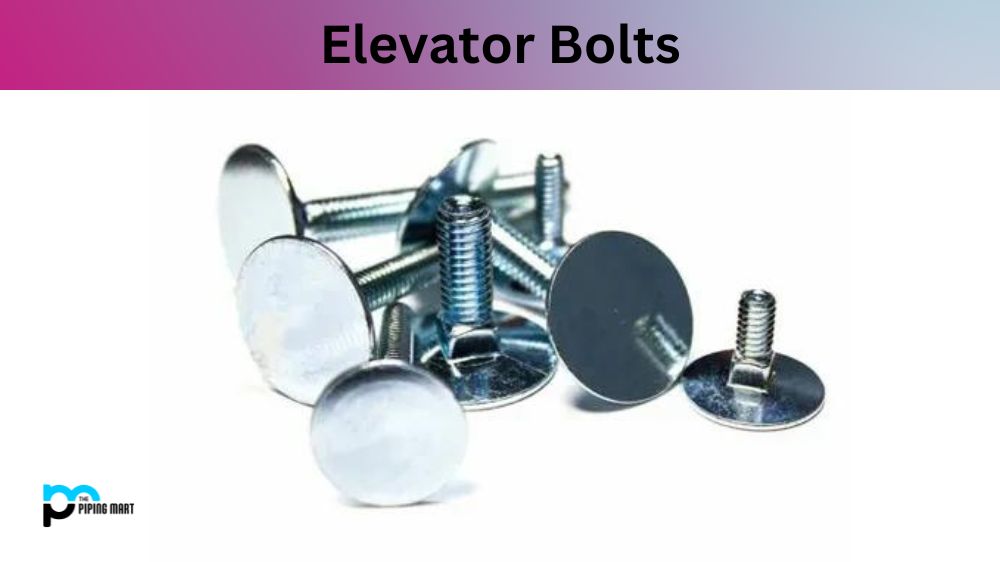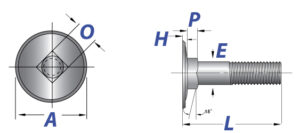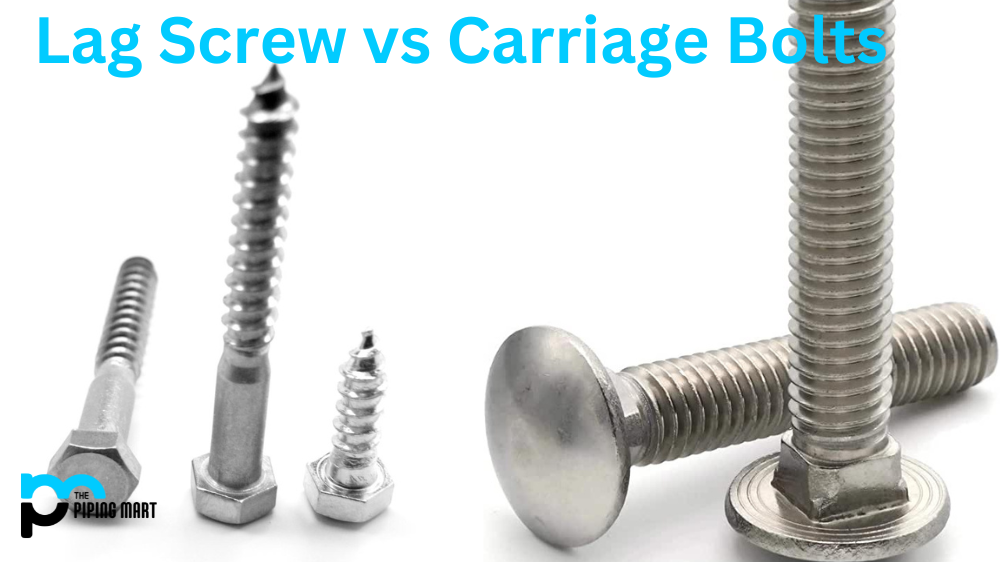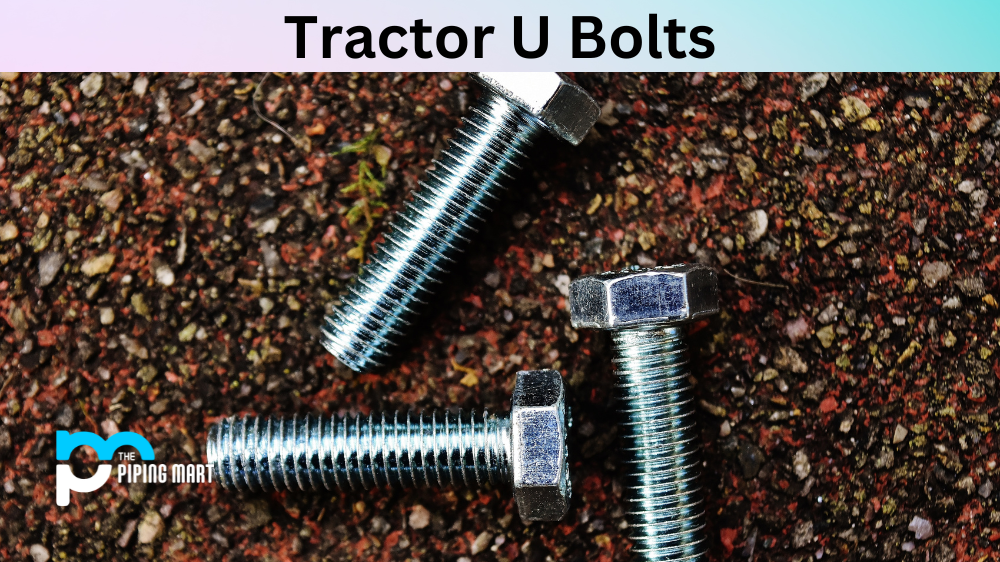Assembling and fastening materials when constructing a structure or machinery is vital to industrial work. Whether mechanical, electrical, or architectural, screws, nuts, and bolts come in many shapes, sizes, and types to cater to different requirements. The Elevator Bolts are one type of bolt that bridges the gap between aesthetic design and fastening precision. These mounting bolts come in different dimensions, materials, and uses, making them attractive for industries. In this blog, we’ll delve deeper into the anatomy of elevator bolts- their dimensions, properties, and uses.
What is Elevator Bolts?
Elevator bolts are a special type of fasteners used in elevator applications. They feature a round head and a particularly long shank with a smooth surface, which allows them to fit tightly into the specific hole pattern without protruding parts. They are typically made from heat-treated steel for superior strength and durability, making them ideal for high-traffic lifts.
Elevator Bolts Dimensions:
| Elevator Bolts: Dimensions (ANSI/ASME B18.5) | |||||||||||
|---|---|---|---|---|---|---|---|---|---|---|---|
| Nominal Size
|
Body Diameter (E) | Head Diameter (A) | Head Height (H) | Square Width (O) | Square Depth (P) | ||||||
| Max | Min | Max. Edge Sharp | Min. Edge Sharp | Min. Edge Flat | Max | Min | Max | Min | Max | Min | |
| 1/4 | .260 | .237 | 1.008 | .969 | .938 | .098 | .078 | .280 | .245 | .219 | .188 |
| 5/16 | .324 | .298 | 1.227 | 1.188 | 1.157 | .114 | .094 | .342 | .307 | .250 | .219 |
| 3/8 | .388 | .360 | 1.352 | 1.312 | 1.272 | .145 | .125 | .405 | .368 | .250 | .219 |
Elevator Bolts Properties:
Elevator Bolts are made of different materials, depending on their use and application. Steel Elevator Bolts are the most common and can withstand shearing forces. Stainless Steel Bolts are rust-proof and corrosion-resistant, making them a perfect fit for coastal and seawater environments. Brass Bolts are mainly used for electrical, plumbing, and decorative purposes. Other materials used to manufacture elevator Bolts include Carbon Steel, Silicon Bronze, and Alloy Steel.
Elevator Bolts Uses:
Elevator Bolts find their use in various industries for different applications. The most common use is industrial fastening, securing heavy-duty machines, equipment, and structures. They are also used in elevators to hold components in place. Maritime industries use stainless steel bolts due to their corrosion-resistant properties. Architects and builders use brass bolts to fasten decorative elements and prevent particle discolouration.
Installation:
Installing elevator bolts requires precision and is a two-person job. The first person needs to hold the bolt in place while the second person tightens the nut with a wrench. The irregular shape of the bolt’s head ensures that it remains intact and does not sink into the surface. The installation process requires drilling a hole of the same diameter as the bolt’s body through the surface and exposing the square shoulder.
Maintenance and Safety:
Elevator Bolts are essential to fasten structures and machinery in various industries. Like any other bolt, they require regular maintenance to ensure maximum efficiency. Cleaning and replacing bolts periodically is necessary, especially in environments subjected to harsh conditions, such as coastal areas. Safety is a top priority when working with elevator bolts. Improper installation and lack of maintenance can result in the bolt failing, leading to significant structural damage. Ensure you follow the correct installation and maintenance procedures for a safe and seamless industrial experience.
Conclusion:
Elevator bolts are essential to any industrial work involving fastening structures and machinery. Their unique design enables them to cater to various industries’ aesthetic and structural requirements. Understanding their dimensions, properties, uses, installation procedures, and maintenance can prove beneficial in achieving maximum efficiency and safety in your industrial work. Elevator bolts are a testament to the evolution of technology and development in industrial work, bridging the gap between functionality and aesthetic design.





